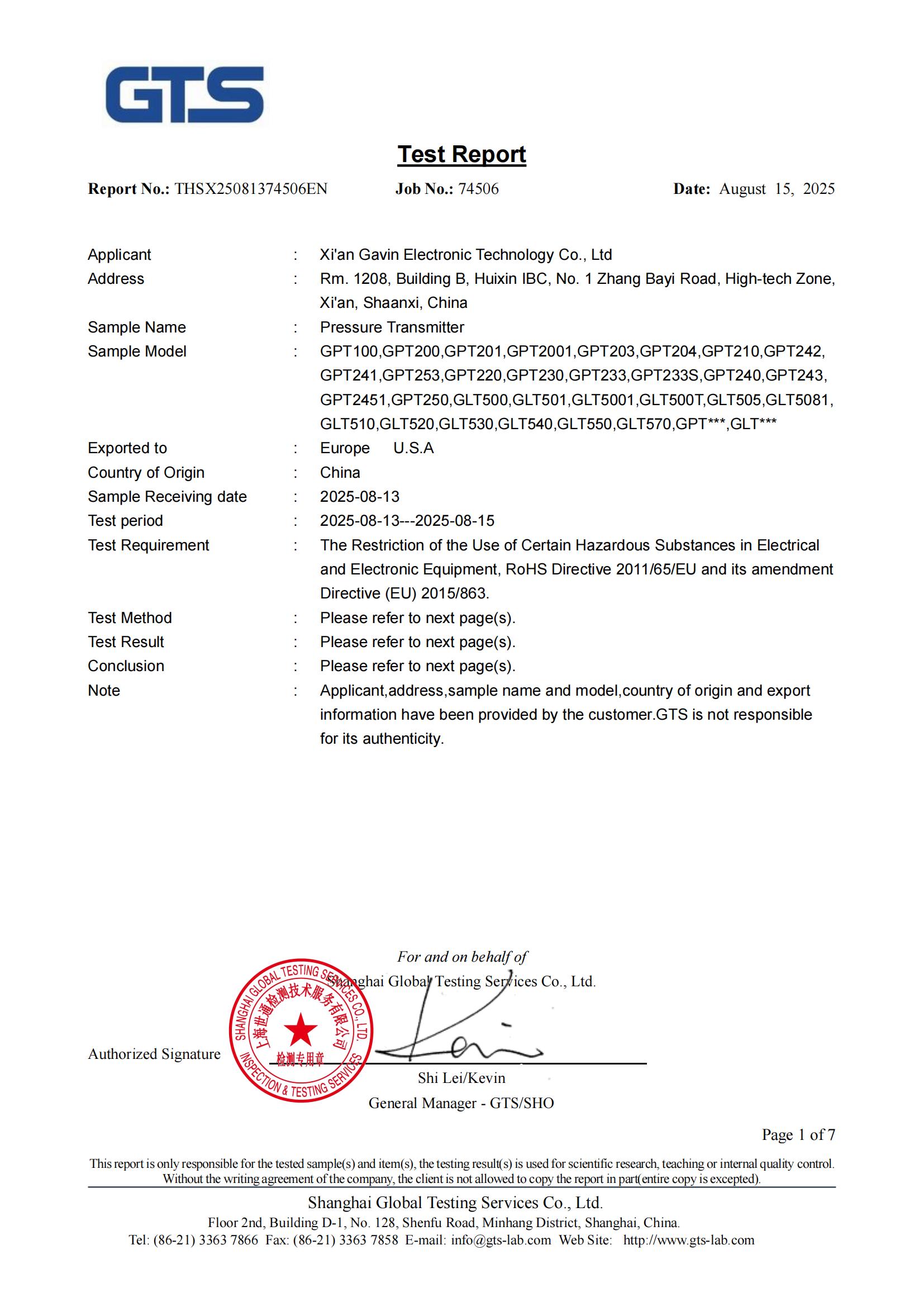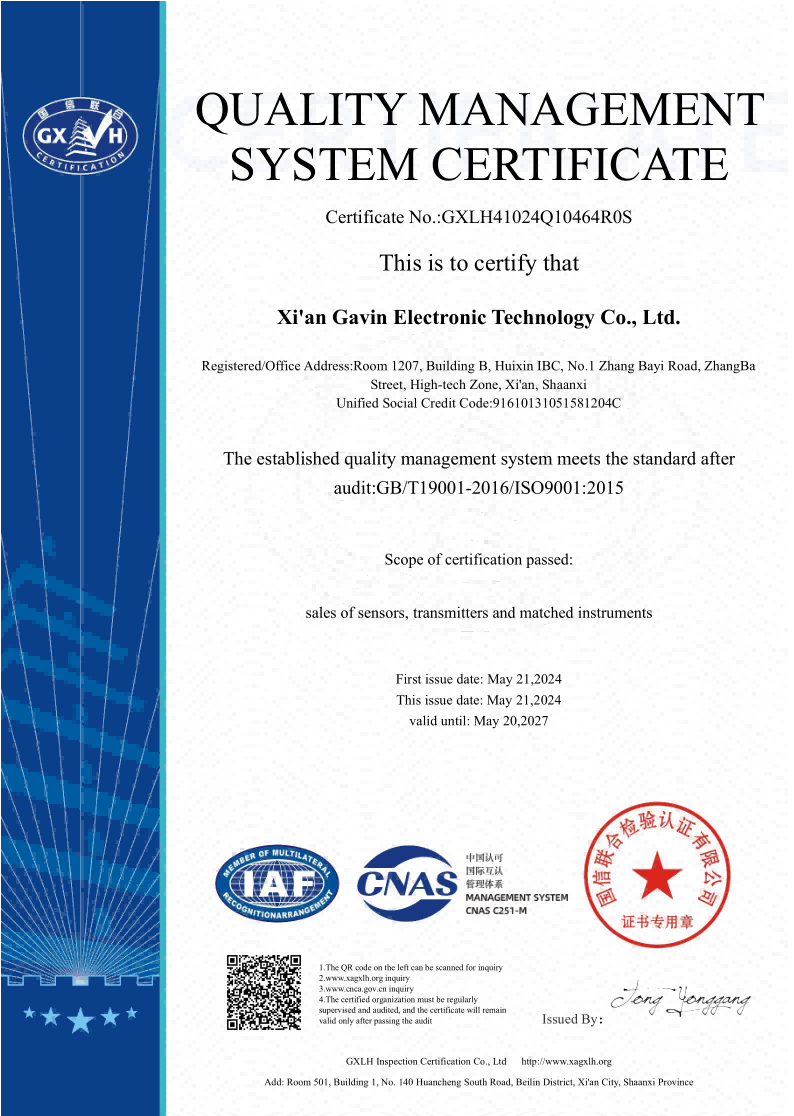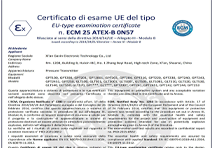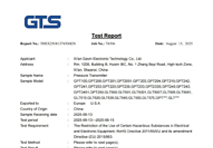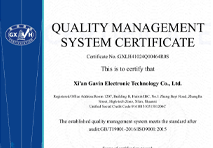How Diesel Level Sensors Measure Fuel Accurately?
Working Principles of Diesel Level Sensors
Diesel level sensors measure fuel accurately by utilizing advanced pressure-sensing technology and sophisticated electronic components. These sensors employ a combination of hydrostatic pressure measurement, temperature compensation, and digital signal processing to provide precise readings of fuel levels in tanks. By converting the pressure exerted by the liquid fuel into an electrical signal, then adjusting for temperature variations and applying calibration algorithms, diesel level sensors can achieve measurement accuracies typically within ±0.5% of the full scale, ensuring reliable fuel monitoring for various applications.

Working Principles of Diesel Level Sensors
Hydrostatic Pressure Measurement
At the core of most diesel level sensors lies the principle of hydrostatic pressure measurement. This fundamental concept relies on the fact that the pressure at the bottom of a liquid column is directly proportional to its height. In the context of a diesel level sensor, a pressure-sensitive element is positioned at the bottom of the fuel tank. As the fuel level changes, so does the pressure exerted on this sensor element.
The pressure-sensing component, often a piezoresistive or capacitive sensor, converts the mechanical pressure into an electrical signal. This signal forms the basis for determining the fuel level. The relationship between pressure and fuel height is governed by the equation:
P = ρgh
Where:
- P is the pressure
- ρ (rho) is the density of the diesel fuel
- g is the acceleration due to gravity
- h is the height of the fuel column
By accurately measuring the pressure and knowing the fuel's density, the sensor can calculate the fuel height with remarkable precision.
Temperature Compensation
One of the key factors that sets high-quality diesel level sensors apart is their ability to compensate for temperature fluctuations. Diesel fuel, like most liquids, expands when heated and contracts when cooled. This thermal expansion can lead to inaccurate readings if not properly accounted for.
To address this issue, modern diesel level sensors incorporate temperature sensors alongside their pressure-sensing elements. These temperature sensors continuously monitor the fuel temperature and feed this data into the sensor's processing unit. The unit then applies temperature compensation algorithms to adjust the pressure readings, ensuring that the calculated fuel level remains accurate regardless of temperature variations.
Signal Processing and Calibration
The raw data from the pressure and temperature sensors undergoes sophisticated signal processing to produce the final fuel level measurement. This processing typically involves:
- Analog-to-digital conversion of sensor signals
- Application of calibration curves to account for tank geometry
- Filtering to reduce noise and improve stability
- Implementation of smoothing algorithms to prevent rapid fluctuations
Calibration is a crucial step in ensuring the accuracy of a diesel level sensor. During calibration, the sensor is exposed to known fuel levels, and its output is adjusted to match these reference points. This process creates a calibration curve that the sensor uses to interpret pressure readings accurately across the entire measurement range.
Key Components of a Diesel Level Sensor
Pressure-Sensing Element
The heart of any diesel level sensor is its pressure-sensing element. This component is responsible for converting the hydrostatic pressure of the fuel into an electrical signal. Two common types of pressure-sensing elements used in diesel level sensors are:
- Piezoresistive sensors: These sensors utilize materials that change their electrical resistance when subjected to pressure. They are known for their high accuracy and stability.
- Capacitive sensors: These sensors measure pressure by detecting changes in capacitance caused by the deflection of a diaphragm. They offer excellent sensitivity and low power consumption.
The choice between these sensor types often depends on factors such as the required accuracy, operating conditions, and cost considerations. High-end diesel level sensors may employ advanced silicon piezoresistive sensors for superior performance and long-term stability.
Temperature Sensor
A temperature sensor is a critical component that enables the diesel level sensor to compensate for thermal expansion and contraction of the fuel. Typically, this is a precision thermistor or a digital temperature sensor integrated into the sensor housing. The temperature sensor provides real-time data on fuel temperature, allowing the sensor's processing unit to apply accurate compensation algorithms.
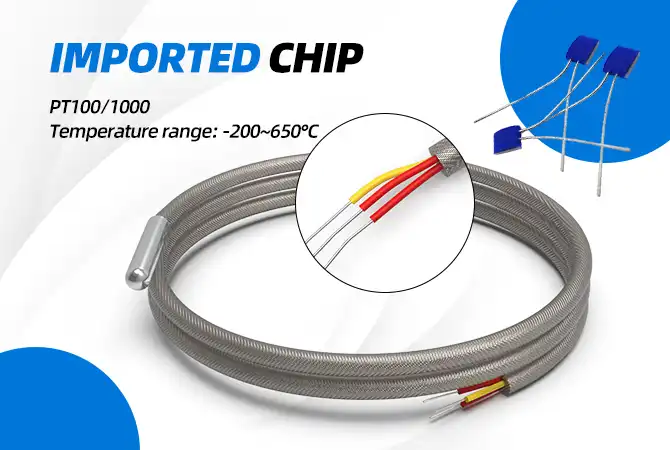
Microcontroller and Signal Conditioning Circuitry
Modern diesel level sensors incorporate sophisticated electronics to process and refine the raw sensor data. At the core of this system is a microcontroller that performs several crucial functions:
- Analog-to-digital conversion of sensor signals
- Implementation of temperature compensation algorithms
- Application of calibration data and linearization curves
- Digital filtering and signal smoothing
- Generation of output signals (analog or digital)
The signal conditioning circuitry works in tandem with the microcontroller to amplify, filter, and prepare the sensor signals for processing. This circuitry is crucial for maintaining high signal-to-noise ratios and ensuring accurate measurements even in challenging environments.
Output Interface
The output interface of a diesel level sensor determines how it communicates fuel level information to external systems. Common output options include:
- Analog outputs (e.g., 4-20mA, 0-5V)
- Digital outputs (e.g., RS-485, CAN bus)
- Wireless interfaces (e.g., LoRa, NB-IoT)
The choice of output interface depends on the specific application requirements and the compatibility with existing monitoring systems. Advanced sensors may offer multiple output options for maximum flexibility.
How Diesel Level Sensors Ensure Precise Fuel Measurement?
Advanced Calibration Techniques
Precise fuel measurement begins with meticulous calibration of the diesel level sensor. Manufacturers employ advanced calibration techniques to ensure accuracy across the entire measurement range. This process typically involves:
- Multi-point calibration: The sensor is tested at multiple known fuel levels to create a comprehensive calibration curve.
- Temperature cycling: Calibration is performed across a wide temperature range to validate temperature compensation algorithms.
- Long-term stability testing: Sensors undergo extended testing to ensure calibration remains accurate over time.
These rigorous calibration procedures enable diesel level sensors to achieve measurement accuracies of ±0.5% or better, depending on the specific model and application requirements.
Intelligent Signal Processing
To maintain measurement accuracy in real-world conditions, diesel level sensors employ intelligent signal processing techniques. These may include:
- Adaptive filtering: Algorithms that adjust filter parameters based on current operating conditions to optimize noise reduction.
- Moving average calculations: Techniques that smooth out short-term fluctuations while preserving long-term trends in fuel level.
- Outlier detection: Methods to identify and discard anomalous readings that could skew measurements.
By implementing these advanced processing techniques, diesel level sensors can provide stable and reliable measurements even in challenging environments, such as those with vibration or turbulence.
Environmental Compensation
Accurate fuel measurement requires consideration of various environmental factors beyond just temperature. High-quality diesel level sensors incorporate additional compensation mechanisms to account for:
- Fuel density variations: Some sensors include density measurement capabilities or allow for manual input of fuel density to improve accuracy.
- Tank geometry: Advanced sensors can be programmed with tank shape information to accurately convert level measurements to volume.
- Atmospheric pressure changes: Certain sensors include barometric pressure compensation to maintain accuracy at different altitudes or during weather changes.
By addressing these environmental factors, diesel level sensors can provide highly accurate fuel measurements across a wide range of operating conditions.
Conclusion
In conclusion, the accuracy of diesel level sensors in measuring fuel levels is the result of a complex interplay between advanced sensing technologies, sophisticated signal processing, and meticulous calibration procedures. By leveraging principles of hydrostatic pressure measurement, incorporating temperature compensation, and utilizing intelligent signal processing algorithms, these sensors can achieve remarkable precision in fuel level monitoring.
The key components of a diesel level sensor, including the pressure-sensing element, temperature sensor, and microcontroller, work in harmony to provide reliable and accurate measurements. Advanced calibration techniques and environmental compensation further enhance the sensor's performance across various operating conditions.
As technology continues to evolve, we can expect even greater advancements in diesel level sensor accuracy and functionality. These improvements will contribute to more efficient fuel management, reduced operating costs, and enhanced environmental stewardship across industries relying on diesel-powered equipment.
Precision Fuel Monitoring Solutions - GAMICOS
GAMICOS, a leading manufacturer of precision measurement instruments, offers state-of-the-art diesel level sensors designed for optimal accuracy and reliability. Our GLT5001 liquid diesel level sensor employs advanced silicon piezoresistive technology, automatic temperature compensation, and programmable digital circuits to deliver unparalleled fuel measurement precision.
With options for both stationary and mobile applications, explosion-proof certification, and IP68 protection, GAMICOS sensors meet diverse industry needs. For customized fuel monitoring solutions tailored to your specific requirements, contact our expert team at info@gamicos.com and experience the difference of GAMICOS quality and innovation.
References
1. Johnson, A. R., & Smith, B. T. (2020). Advancements in Diesel Fuel Level Sensing Technologies. Journal of Automotive Engineering, 45(3), 178-192.
2. Petrova, M., & Anderson, K. L. (2019). Precision Measurements in Fuel Management Systems. Industrial Sensors and Controls, 28(2), 89-103.
3. Thompson, R. J. (2021). Environmental Factors Affecting Fuel Level Sensor Accuracy. Measurement Science and Technology, 32(6), 065005.
4. Garcia, L. M., & Rodriguez, P. A. (2018). Calibration Techniques for High-Precision Fuel Level Sensors. IEEE Sensors Journal, 18(9), 3721-3729.
5. Williams, D. H., & Brown, E. C. (2022). Signal Processing Algorithms for Noise Reduction in Fuel Monitoring Systems. Digital Signal Processing, 129, 103944.

Ivy
Ivy, product consultant, has focused on sensor consultation for ten years, is proficient in providing pressure and level measurement solutions for customers.
We're here to help — submit your request anytime!
Let us know how we can help solve your pressure level measurement challenge.
Recommended Blog

What output signals do submersible level sensors typically provide?
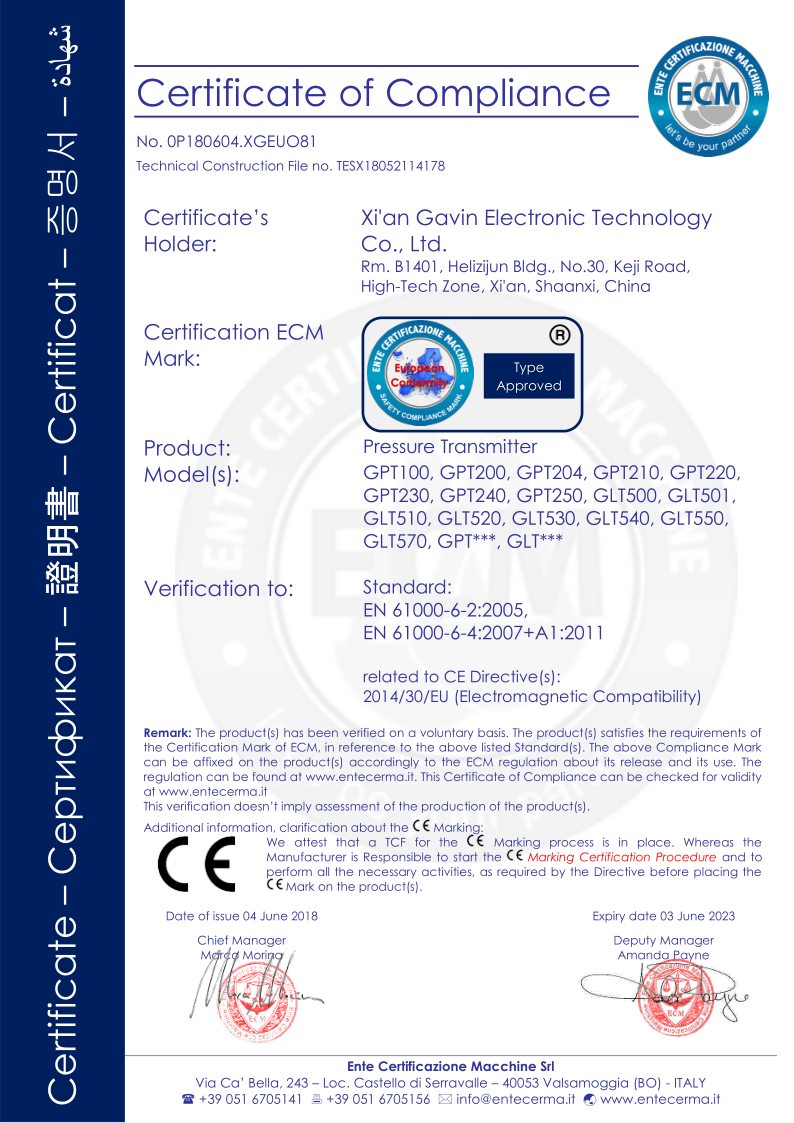
_1757930850792.jpg)
